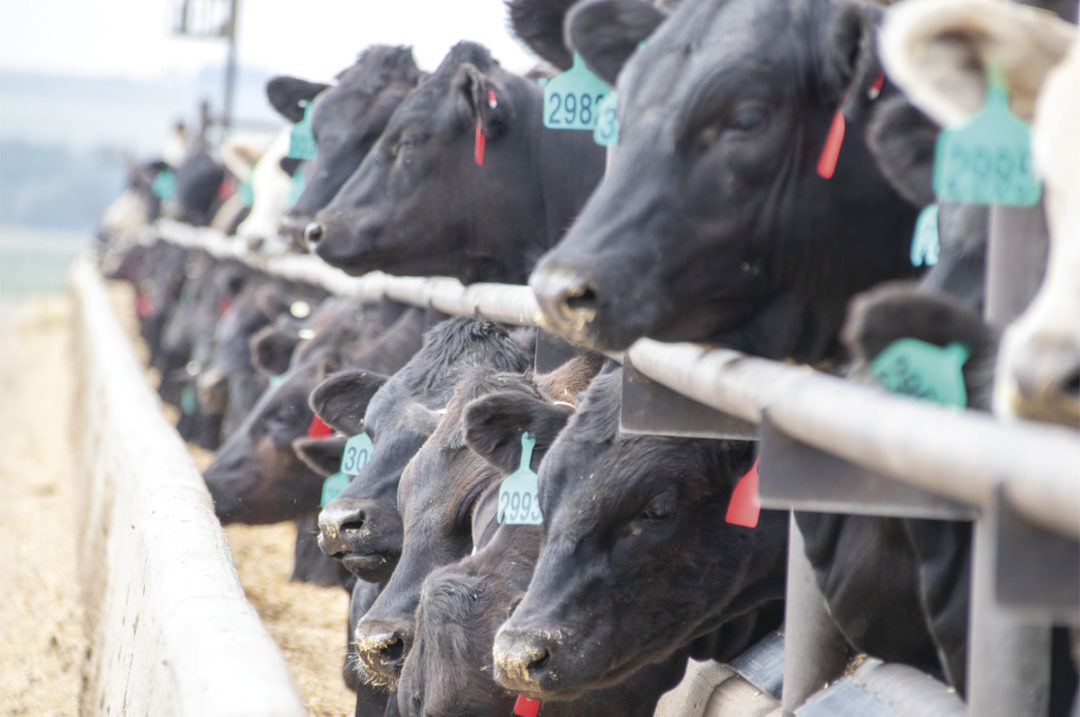In America’s cattle regions, a revolutionary change is happening that might transform the feedlot industry. It’s centered around a special kind of probiotic, a tiny hero in the world of biology. This particular probiotic is showing its value in the Texas Panhandle’s cattle herds.
A nutritionist friend once told me that the longer cattle live, the riskier it can be for profits. We’re seeing changes in how cattle are raised in feedlots – they’re being brought in lighter and fattened up more. Data from Kansas State University’s Focus on Feedlots newsletter reveals that cattle are now fed longer, averaging 187 days. This means feedlots finish fewer cattle annually and need to maintain healthy, productive animals for longer. A worrying trend is the increasing feedlot death loss, now at an average of 1.93% annually. Particularly costly are deaths occurring in the latter half of the feeding period.
Consider a typical feedlot: rows of Holstein cattle, traditionally dairy animals, now being raised for beef. This switch brings unique challenges, especially in health areas like respiratory disease and metabolic issues.
A scientific study tested two cattle groups in these feedlots. One group received a standard diet, the other a probiotic mix including Lactobacillus animalis and Propionibacterium freudenreichii. The aim was to see if this addition improved overall health and feed efficiency.
The results? Cattle on the probiotic diet showed a higher dressing percentage, meaning more meat yield and better profitability. They also had lower rates of late-term deaths, suggesting long-term benefits of the probiotic. Notably, these cattle had healthier livers, fewer liver abscesses and more livers fit for consumption. This isn’t just good for the cattle; it promises healthier herds and reduced losses for the industry.
Another study with 800-pound native beef steers reinforced these findings. It used a potent probiotic blend including Lactobacillus animalis, Propionibacterium freudenreichii, Bacillus subtilis and Bacillus licheniformis. The probiotic-fed cattle showed improved feed efficiency, lower liver abscess rates and significantly fewer deaths and removals.
What does this mean for the feedlot business? Investing in an effective probiotic looks wise. Healthier cattle mean fewer losses from disease and mortality, and potentially more meat per animal. It’s about spending money wisely for better animal welfare and profitability.
This probiotic isn’t just a cost; it’s an investment in future livestock management. As the industry tackles efficiency and health challenges, introducing an effective probiotic could be a significant step.
In summary, the story of this probiotic in feedlot cattle is about health, economics and innovation. It’s a reminder that small changes can have big impacts. The probiotic isn’t just about profit; it represents a move toward sustainable cattle rearing. It’s a microscopic marvel with the potential to be a game-changer in cattle country, promising healthier animals and a more profitable industry.










